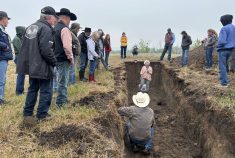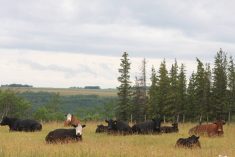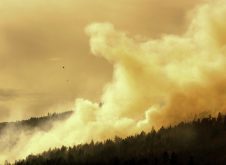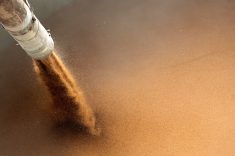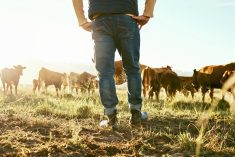It was a frigid early morning in late January as artist Crystal Beshara headed from L’Orignal, Ontario, to Ottawa to teach a workshop. There was next to no traffic on the road that day and a heavy hoarfrost blanketed the landscape.
As she drove, Beshara spotted some cattle. She noticed how the copper colours of the Hereford and Red Angus contrasted against the silvers and whites of the snow. Inspired by the beauty of the scene, she pulled over and snapped several photos. With no traffic and no one else around, everything was silent, Beshara wrote to me in an email, so she eventually titled the work “Hush.”
Later, painting the landscape with watercolour and gouache (a more heavily pigmented version of watercolour), she set out to capture the feathery hoar frost and the “bit of life under the thin veil of snow on the ground,” she writes.
Read Also
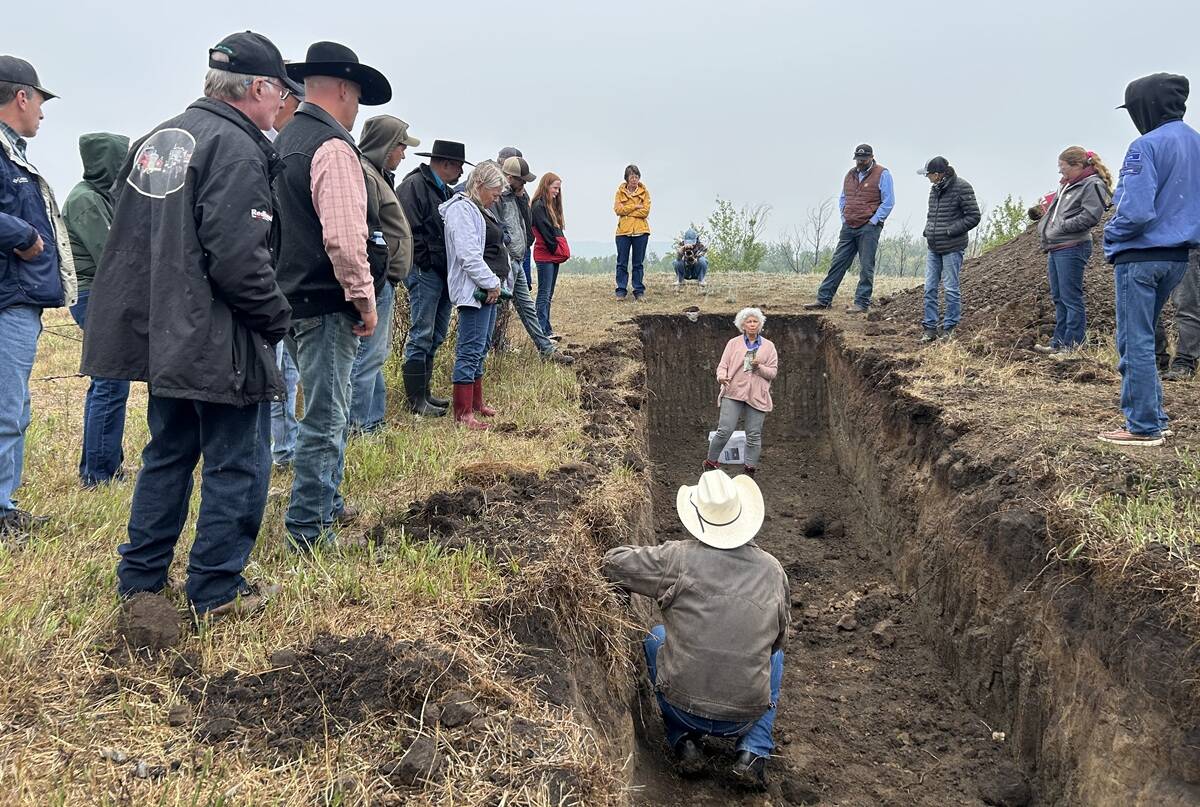
Improving soil health on the ranch
Yamily Zavala, PhD, talks soil health for farmers and ranchers at a grazing club field day at Paradise Hill, Saskatchewan.
“There were so many soft and subtle pastel tones of light pinks, silver-blues and periwinkle. Snow has a lot of colour if you look for it!”
It just goes to show what a person can do if they invest time and effort in something they’re passionate about. How many people would stop to document such a scene on a very cold, early winter morning? How many would notice the colours in the snow, or the cattle’s coats?
Beshara grew up on a farm and moved to the city to pursue her education. After earning her bachelor’s of fine arts in studio from the University of Ottawa, she built a life in the city, making professional connections and becoming part of an arts community.
“However, it was challenging living physically in one environment while my heart was still in the country.” Asked what draws her to rural and agricultural subjects, Beshara says there’s “a slice of nostalgic charm.” She also finds serenity in these subjects.
“It’s wonderful to create spaces and scenes to rest our eyes.”
And so, Beshara moved back to L’Orignal, where she finds inspiration every day. Being back has reawakened her senses and realigned her passion, she adds.
Beshara has put in the work over the years. Along with her bachelor’s degree, she earned a diploma in botanical illustration from the Society of Botanical Artists in the U.K. She now has over 25 years as a practicing artist under her belt, and she’s done some interesting things in that time. In 2009, she had a solo exhibition at the Canada Agriculture and Food Museum in Ottawa. It was the first time that museum had exhibited art, and she sold most of the 20 pieces she’d included in the show. The enthusiasm around that exhibit inspired her to write and illustrate a children’s book, When I Visit the Farm. Beshara also exhibited as part of a retrospective honouring wildlife artist John James Audubon, at the Cincinnati Museum of History. One of her influences, Robert Bateman, was also part of this show.
These days Beshara is looking for galleries to carry her western and rural art. She receives many inquiries from people who want portraits of their animals, and she notes she loves painting horses and cows, so that seems like a great fit.
She’s also focusing on building a reputation for rural conservation, which she is doing through her paintings. That interest in rural conservation was sparked as she noticed how farming, and the rural landscape, were changing.
“This has ramped up my passion for recording and painting old barns in particular. I hope that this method of documentation will be a long-lasting form of conserving an important piece of our heritage.”
It’s a point where I could relate, thinking about the barns and farmhouses that have disappeared around here, as well as the old grain elevators. It reminds me of the work of Velma Foster, a Saskatchewan printmaker. I have a few of her pieces, documenting everything from the Thunderchild residential school at Delmas, Sask., to the grain elevators of Maidstone and homesteads dating from the early 20th and late 19th centuries. Foster and Beshara work in different mediums, but both are rural documentarians.
That, I think, gets to the heart of what art is often about. It’s about seeing and being seen. Through her work, I think Beshara is saying that she sees farmers. She sees the elements of daily rural life, the way that life often centres around caring for and interacting with animals. How it means working with and within nature. She sees the way that life, and landscape, are changing, for good or bad or both. And she takes that vision and reflects it back to us, and others in urban centres, so we can all see a bit of her perspective.
Beshara’s children’s book is available for sale on her website, as is “Hush.” You can find them at crystalbeshara.com, under “Shop,” along with other paintings, a calendar and gift cards. To see more of her artwork, see crystalbeshara.com/galleries. Readers can also find her on Facebook and Instagram, under “crystalbesharaartist.”
From all of us at Canadian Cattlemen, Merry Christmas, Happy Holidays and Happy New Year. And may you all find beauty on the bone-chilling winter days ahead of us, or perhaps find someone to feed the cows so you can go on a warm vacation.




